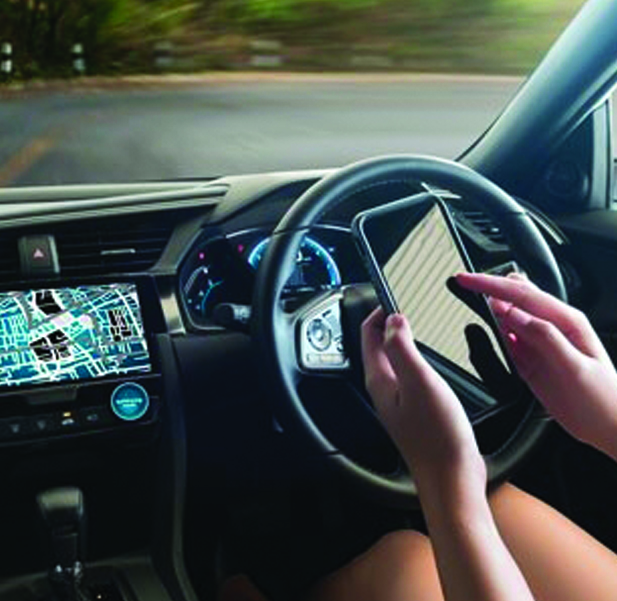Colour television was first introduced for the football World Cup in 1966. The first 3D channels were launched in 2010 to broadcast sporting events. Now one of the first applications of virtual reality is the ability to watch football, basketball or American football matches as if you were really there. These examples tell us one thing above all: sport has always been at the heart of the use of new entertainment technologies. That tradition seems unlikely to change. According to a survey by the BBC, 43% of adolescents aged between 12 and 15 use their smartphone to stream TV. In the majority of cases, they are watching live sports so they don't miss any of the action, even when on the move.
But as we know, the pace of digital innovation is relentless. Last summer's football World Cup in Russia was the first to be broadcast also using virtual reality, giving users the chance to – digitally – stand in the tunnel, get close to the players or watch the match from the stands, surrounded by other fans. All of this was possible thanks to 360° video cameras placed everywhere. “Virtual reality gives all fans the chance to be close to the action, even if they can't physically be there,” explained an executive at Oculus VR, the leading company in the sector. The technology also allows you to attend the best concerts virtually, perhaps even going on stage just a few inches from your favourite singers.
However, it is not just immersive technology that is revolutionising how sport is broadcast. Thanks to augmented reality, highlights of football matches (and more) are increasingly being enhanced with digital effects: shots from outside the area bursting into flames, cartoon-style explosions, trajectories mapped out using graphics, and much more. The content is designed mainly for promotional purposes and sharing on social media, but also shows a new potential use for digital innovation: enriching what happens on the pitch with animations, graphics and, above all, information and statistics. For example, a company called Sportradar is able to superimpose big data onto on-screen action, almost in real time, for clients including the NBA.
Thanks to a technology built on AI, anyone watching NBA matches can see the likelihood of a player making a shot, based on the ability of the player in question, their position he is shooting from and where his marker is, even before it hits the net. “In the NBA, players are tracked 25 times a second,” says Ashok Balakrishnan, a VP at Sportradar, in a note. “We are leveraging that mountain of data and AI to uncover engaging insights and providing fans with a data-driven storytelling experience that they have never had before.” From colour TVs to AI, via augmented reality and social network. When you put it that way, you might start to fear that technologies are pulling people away from the live experience. But the data tells a very different story. The World Cup, for example, showed no decline in live attendance figures. Similarly, the NBA is maxed outin terms of spectators per match.
So, digital innovation seems to make the home experience more engaging without detracting from the desire to go and watch live. How does that work? Probably because attending events in person continues to offer added value – thanks in part to technology. People love to take photos of players and share them in real time with friends, create personalised match highlights to upload to streaming platforms, put together stories of their day, and so forth. Essentially, the pull of live sport remains strong and is evolving alongside technology. All of this has been on show at the Universiadi 2019, held recently in Naples, Avellino, Benevento, Caserta and Salerno, with 8,000 athletes from 118 countries. Under the event's partnership with TIM, all the stadiums and locations involved in the Universiadi were cabled, installed with WiFi and cyber-protected, allowing participants to use all the potential of their smartphones and social media – now an essential second screen for capturing and sharing our life as it unfolds.
So what does the future hold? The next frontier, of course, is 5G, which will pave the way for future digital scenarios – including mobile virtual reality – and offer fans new ways to enjoy their favourite sports. Next-generation data transmission is now set to become a reality in Italy. TIM has already activated 5G antennae at the Universiadi village in Naples, as well as in Rome and Turin. By the end of the year, the service will also be available in Milan, Bologna, Verona, Florence, Matera and Bari. 5G will offer performance 10-times superior to current standards, opening the way to new services and opportunities in the short-term future – and giving fresh impetus to a new phase in Italy's digital development.







